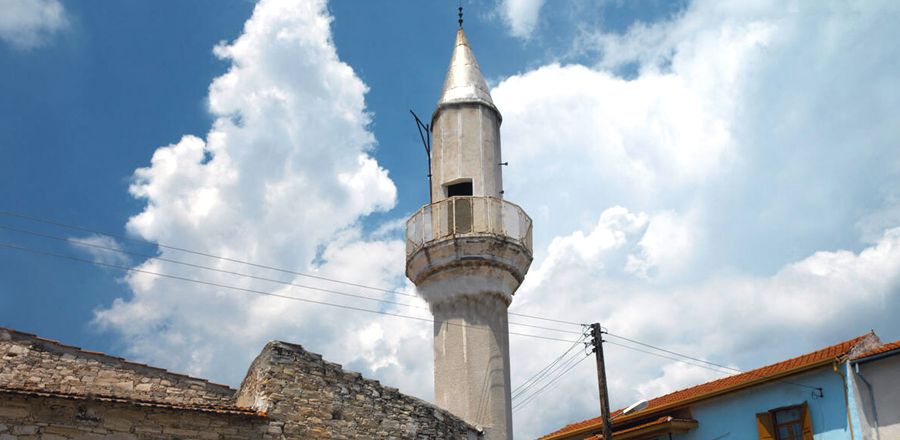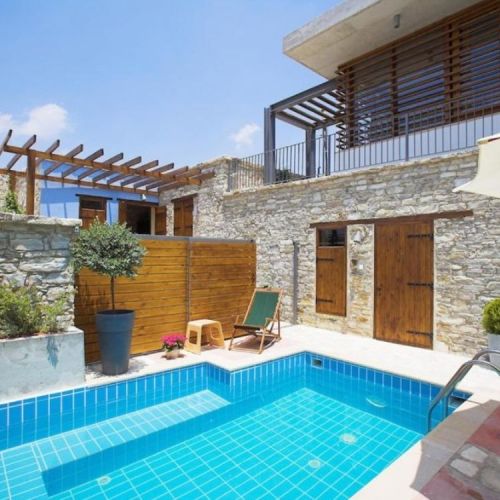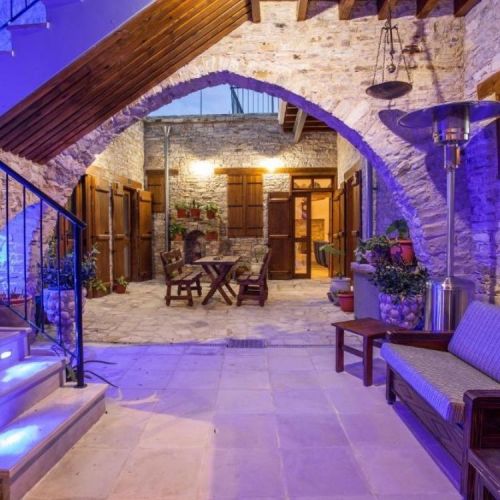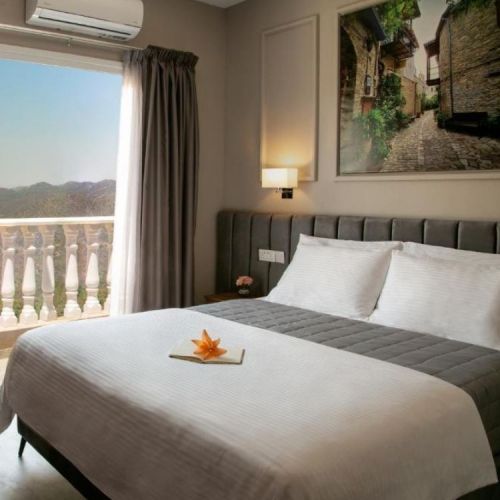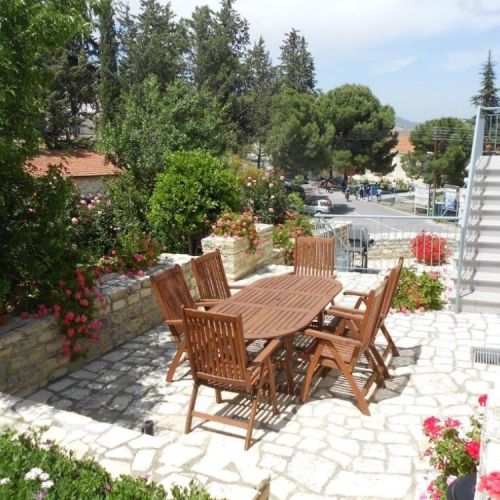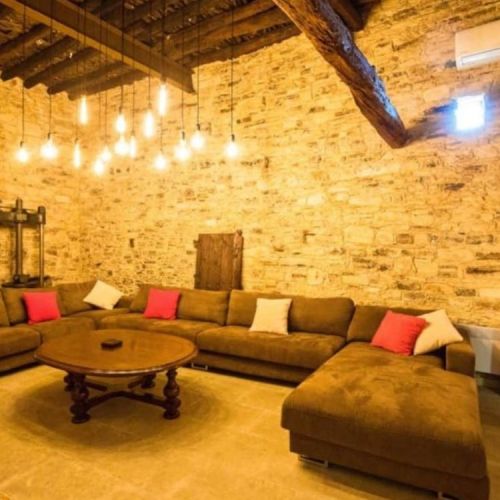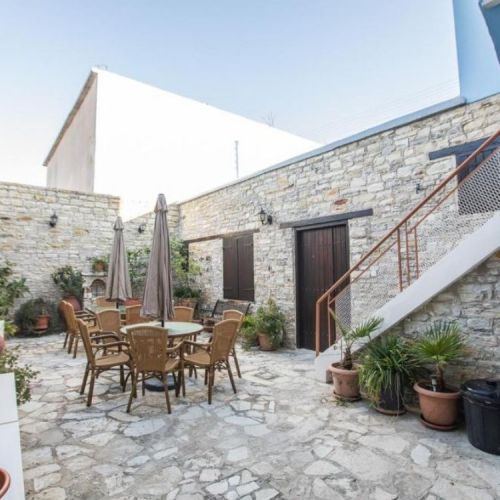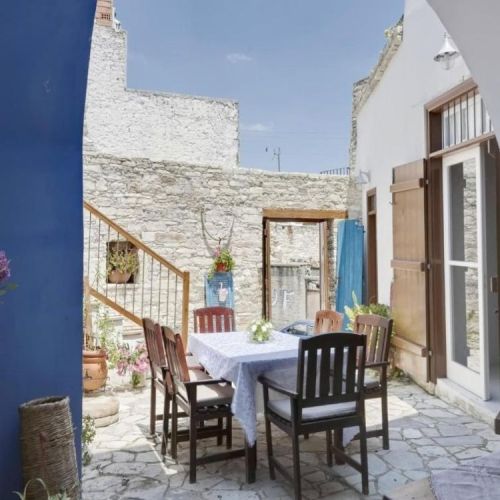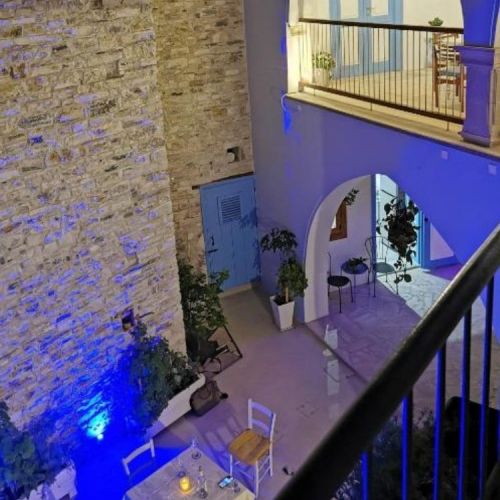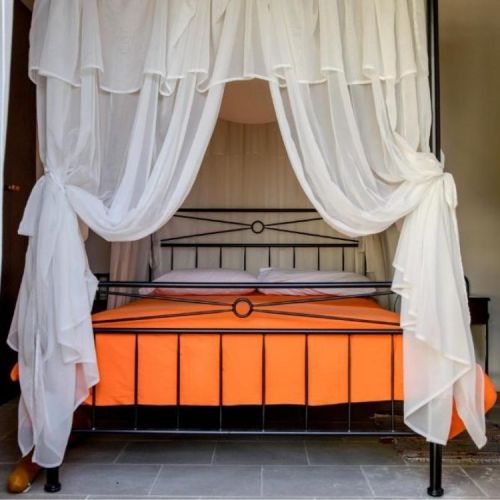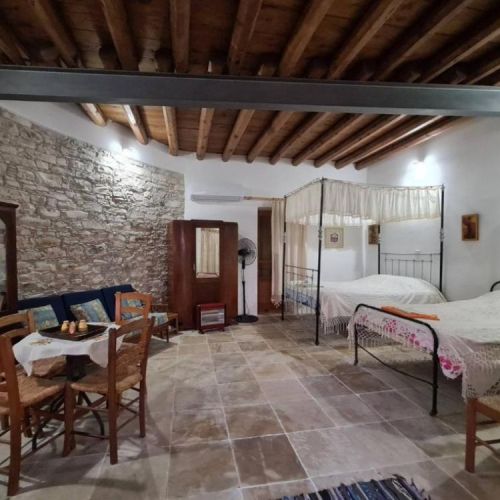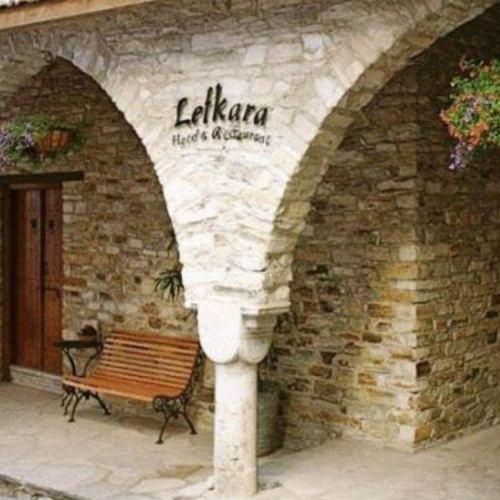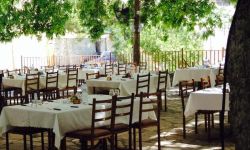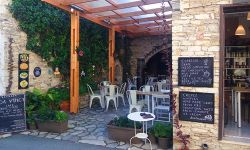The beautiful village of Pano Lefkara
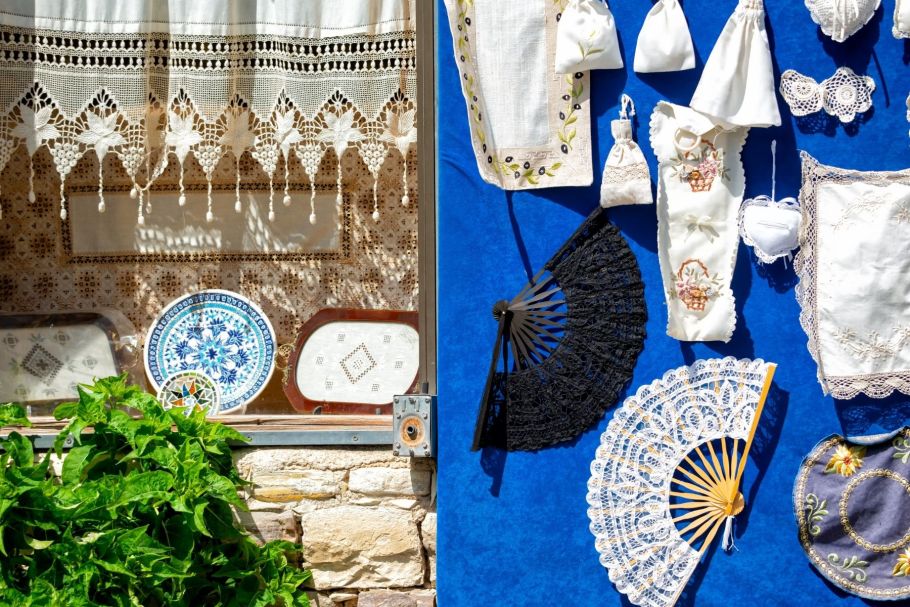
Lefkara owes its welfare and prosperity as always spotted to this needlecraft art and to its trade launched in the late 19th century, flourishing during the 20th century first thirty years.
Pano Lefkara Village
History
Lefkara is where the Cypriot folk needlecraft art is born – the famous “lefkaritiko” – which the reputation of has gone beyond the frontiers of Cyprus and has become known in most of the European countries but not only there.
Lefkara owes its welfare and prosperity as always spotted to this needlecraft art and to its trade launched in the late 19th century, flourishing during the 20th century first thirty years.
GEOGRAPHICAL POSITION – CLIMATE – POPULATION
The village is situated at the foot of the Troodos Mountains in the south eastern region, 650m above sea level, 45 km from Nicosia, 30 km from the Larnaca airport and just 12 km from the Nicosia – Limassol highway.
It is not really far from the sea, yet, it is located high enough for the moist air coming in from the sea to get dry by the time it reaches the village.
Therefore, Lefkara becomes an excellent destination during summer time because of the relatively low humidity from May to October and also the mild temperatures in the region.
Today, the population of the village, which in the post-second-world period exceeded 2500 inhabitants, is not more than 1000 inhabitants amongst whom there are many expacts, because of emigration and rural-urban migration. A significant number of locals have been living in New York, London, South Africa and even Australia.
The name of Lefkara village derives from the colour of the surrounding calcareous rocks: “White rocks = Lefkara”. Considering the archaeological findings, the Lefkara region has most probably been inhabited for centuries. Though there is not any relevant evidence, the settlement is likely to have progressively been established and has developed reaching its current status during the Arab raids between the 7th and 9th century A.D. The inhabitants of the island were forced by the situation due to the raids to move from the coastal areas where they were living in this period to the inland ones, looking for safer places to settle.
However, the very first written historical statement about Lefkara is brought out in Cypriot big type letters: Saint Neophytos the Recluse, who was born in Lefkara in 1134, according to the information provided by him.
During the occupation period by the Franks, Lefkara became the see of the Greek Orthodox Bishop of Limassol, Amathus and Curium and was one of the four Orthodox Bishops’ sees. This occurred following a papal decision according to which the Cyprus Church administration should be placed under the jurisdiction of the Latin Archbishop resulting to the Greek Orthodox Bishops being forced to abandon their sees in the cities and settle in the rural areas.
Later Lefkara during the occupation period by the Venetians (1489 – 1570 A.D.) is referred to as a summer resort for the Venetian nobles and their families. According to some researchers, the Lefkara needlecraft known as “lefkaritiko” goes back to this period and the nobles’ wives influenced to some extent the technique used by the Lefkara women.
Furthermore, it is said that Leonardo da Vinci, the big Renaissance artist visited Cyprus in the late 16th century as a guest of Catherine Cornaro – Queen of Cyprus. He then visited Lefkara and bought a big tablecloth embroidered on all sides, which was donated to the Milan Cathedral.
In 1570 the Turks conquered Cyprus and according to historical sources of the western world, Lefkara made its submission to the Turks and obtained some prerogatives. Yet according to more recent data contained in the folk poem “The Lament of Cyprus” a totally different version is provided, giving evidence of the large village where civilians arrived to save themselves, ending up in being the first victim of the Ottoman incursions. Therefore, the village was ransacked and its population was massacred. A further significant event likely to have occurred during that period is the small surrounding settlements being abandoned for safety reasons and the fact that their population moved to the main Lefkara settlement.
Some years later, the British colonization occurred in 1878 and namely in 1883 Lefkara and Morphou were declared the first rural municipalities in Cyprus. A Town Hall becoming operational there has been a determining fact for the further development of this large village, contributing drastically in its progress and its inhabitants’ welfare. Then a number of regulations were enacted, setting in order so many things in the large village. An abattoir, a municipal market with a distinct butcher’s shop and a pig meat shop are established. Street lamps are installed to enhance local electrification. A group of experts in street lamps lighting and road sweepers are appointed. The problem of water scarcity is dealt with, whereas in 1934 an electric generator is installed in Lefkara to supply all houses with electricity resulting from an agreement co-signed by the Municipality and a private company. In 1938 a telephone line connecting Lefkara with Larnaca is installed.

The Folk Art Museum
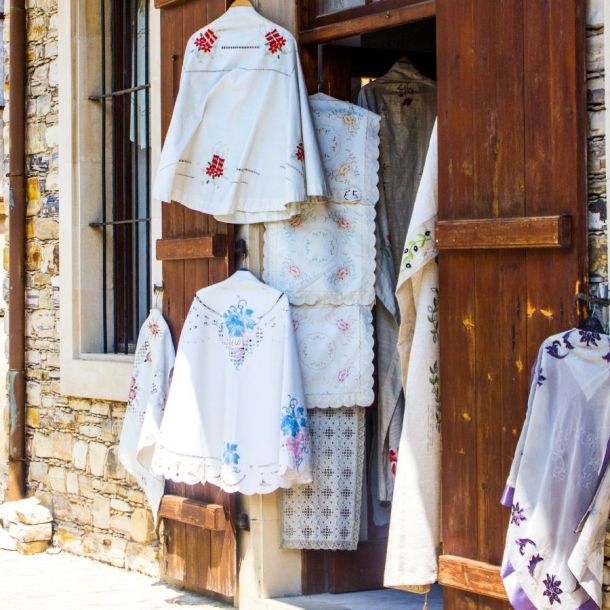
Lefkara laces or Lefkaritika
The Folk Art Museum
The visitors of Lefkara must not fail to see the Patsalos house. It houses the Museum of Popular Art and hosts exquisite embroidery samples, some of which date back to the 19th century.
The Folk Art Museum
The visitors of Lefkara must not fail to see the Patsalos house. It houses the Museum of Popular Art and hosts exquisite embroidery samples, some of which date back to the 19th century.
The Museum became a reality thanks to the donation of Stelios Ioannou, a local businessman, and the care of the Department of Antiquities. It was inaugurated in August 1988 by the then speaker of the House and originating from Lefkara, Dr. Vassos Lyssarides.
This house itself is a typical sample of the popular architecture of the 19th century, with all tratitional elements such as ports in the front doors, huge Interior solar oven, hull, inner courtyard with flowers, and many more.
This house has a big comfortable room that served as a bedroom, dining room or even as a storeroom for the wrist.
A very impressive element in the construction of local houses in Lefkara village is the arch – this is also indicated in the Museum.
Lefkara laces or Lefkaritika
The tradition of lace-making in the village of Lefkara in southeastern Cyprus dates back to at least the fourteenth century.
Lefkara laces or Lefkaritika
The tradition of lace-making in the village of Lefkara in southeastern Cyprus dates back to at least the fourteenth century. Influenced by indigenous craft, the embroidery of Venetian courtiers who ruled the country beginning in 1489, and ancient Greek and Byzantine geometric patterns, Lefkara lace is made by hand in designs combining four basic elements: the hemstitch, cut work, satin stitch fillings and needlepoint edgings. This combined art and social practice is still the primary occupation of women in the village who create distinctive tablecloths, napkins and show pieces while sitting together and talking in the narrow streets or on covered patios. Unique mastery of the craft is passed to young girls through years of informal exposure and then formal instruction by their mother or grandmother in applying cotton thread to linen. When she has learned her art thoroughly, the lace-maker uses her imagination to design work that embodies both tradition and her own personality. Testament to the ability to appreciate multiple influences and incorporate them into one’s own culture, lace-making is at the centre of daily life for women of Lefkara and a proud symbol of their identity.

The Folk Art Museum
The visitors of Lefkara must not fail to see the Patsalos house. It houses the Museum of Popular Art and hosts exquisite embroidery samples, some of which date back to the 19th century.
The Folk Art Museum
The visitors of Lefkara must not fail to see the Patsalos house. It houses the Museum of Popular Art and hosts exquisite embroidery samples, some of which date back to the 19th century.
The Museum became a reality thanks to the donation of Stelios Ioannou, a local businessman, and the care of the Department of Antiquities. It was inaugurated in August 1988 by the then speaker of the House and originating from Lefkara, Dr. Vassos Lyssarides.
This house itself is a typical sample of the popular architecture of the 19th century, with all tratitional elements such as ports in the front doors, huge Interior solar oven, hull, inner courtyard with flowers, and many more.
This house has a big comfortable room that served as a bedroom, dining room or even as a storeroom for the wrist.
A very impressive element in the construction of local houses in Lefkara village is the arch – this is also indicated in the Museum.

Lefkara laces or Lefkaritika
The tradition of lace-making in the village of Lefkara in southeastern Cyprus dates back to at least the fourteenth century.
Lefkara laces or Lefkaritika
The tradition of lace-making in the village of Lefkara in southeastern Cyprus dates back to at least the fourteenth century. Influenced by indigenous craft, the embroidery of Venetian courtiers who ruled the country beginning in 1489, and ancient Greek and Byzantine geometric patterns, Lefkara lace is made by hand in designs combining four basic elements: the hemstitch, cut work, satin stitch fillings and needlepoint edgings. This combined art and social practice is still the primary occupation of women in the village who create distinctive tablecloths, napkins and show pieces while sitting together and talking in the narrow streets or on covered patios. Unique mastery of the craft is passed to young girls through years of informal exposure and then formal instruction by their mother or grandmother in applying cotton thread to linen. When she has learned her art thoroughly, the lace-maker uses her imagination to design work that embodies both tradition and her own personality. Testament to the ability to appreciate multiple influences and incorporate them into one’s own culture, lace-making is at the centre of daily life for women of Lefkara and a proud symbol of their identity.
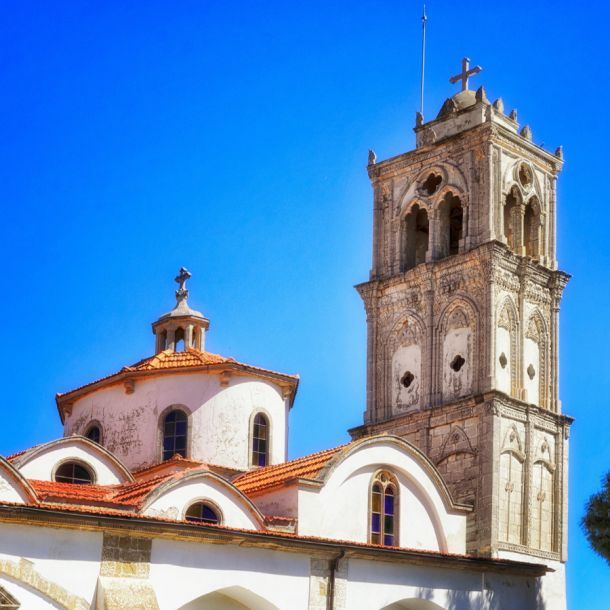
Timios Stavros Church

Panagia Livadiotissa Chapel
Timios Stavros Church
The magnificent Lefkara Church is dedicated to the Holy Cross and dates back to the 14th century. According to the byzantinologist Athanasios Papageorgiou the eastern part of the Church dates back to the 14th century..
Timios Stavros Church
The magnificent Lefkara Church is dedicated to the Holy Cross and dates back to the 14th century. According to the byzantinologist Athanasios Papageorgiou the eastern part of the Church dates back to the 14th century, namely after considering rescued frescoes behind the church’s iconostasis. This date is also confirmed by the metrical “Olivianos’ inscription”, which appears at the bottom of the Lefkara Golden Cross. There is written evidence that Olivianos was a Lefkara Bishop in 1307 during the occupation period by the Franks. This fact is also confirmed undeniably by the founder’s note on a manuscript dating back to the 14th century, which is kept in the Church’s safe. At the end of this manuscript, which is a precious Evangeliary it is noted that it was written in 1345/46 and that the monk Gabriel who was the abbot and the founder of the “Holy and Life-giver Revealed Cross” monastery paid all the expenses. In 1740 the church was restored and the wooden sculptured iconostasis was then made by the Rhodian sculptor Hadjikyriacos who was called in by the church-warden Lourentzos to this end.
An inscription at the bottom of the icon of the Deposition of Christ gives evidence that in 1761 the iconostasis was gold-plated and the then Kition Bishop Makarios attended the ceremony on this occasion.
In 1857 the magnificent bell-tower of the Church, the bells of which were donated by devout Christian people from Lefkara living abroad, was constructed.
In 1867 important works were carried out in the church and it was, therefore, expanded in order to have a greater congregation capacity. In 1909 common repair works in the church were deemed necessary and then the entrance was constructed as it appears today. The south door was also built. In 1953 the dome was covered with paintings. The style of the eastern part of the church is cruciform with a cupola, while the style of its more recent part is Cypriot dating back to the 19th century. Furthermore, there are six internal pillars ranged in two rows per three pillars.
The exceptional art portable icon of the Deposition of Christ dating back to 18th century
The silver Cross
The iconostasis has an invisible cavity. It is the crypt where the big wooden Cross is kept, which the church is dedicated to. According to tradition, a piece of the Cross of the Lord is contained in the centre of this cross. The Cross is entirely thin silver sheet coated. Fourteen embossed depictions from the Lord’s life, angels and the Is Apostles Constantine and Helena can be seen on the front main facet. The representation of the crucifixion is overlooking in the centre and is covered by the two side doors, which Theotokos (the Mother of God) and Ioannis (John) are represented on. This representation is surrounded by four angels. Constantine the Great, the “Betrayal of Jesus”, “Golgotha” and Saint Helena are illustrated in a row horizontally on the Cross. “The Throne of the Second Coming” and the “Resurrection of Jesus” as well as the representation of the “Deposition” and the “Burial of Jesus” are illustrated in a row vertically on the Cross from top to bottom. Olivianos’ picture with the relevant metrical inscription is illustrated to the far bottom level.
According to tradition, a piece of the Holy and Life-giver Cross of the Lord is contained in the Cross.
Panagia Livadiotissa Chapel
North of Lefkara, on the road leading to the village of Kornos and after a 20’ walk one encounters the Byzantine chapel of Panagia Livadiotissa.
Panagia Livadiotissa Chapel
North of Lefkara, on the road leading to the village of Kornos and after a 20’ walk one encounters the Byzantine chapel of Panagia Livadiotissa. The chapel is an excellent sample of the Byzantine architecture of the 12th century. From this spot one can enjoy the panoramic view of the river Sirkatis valley with the impressive rock of Kourvellos in the middle. In the area there are a few perennial olive trees, the so called ‘frangoelies’ due to their existence since the francocracy.

Timios Stavros Church
The magnificent Lefkara Church is dedicated to the Holy Cross and dates back to the 14th century. According to the byzantinologist Athanasios Papageorgiou the eastern part of the Church dates back to the 14th century..
Timios Stavros Church
The magnificent Lefkara Church is dedicated to the Holy Cross and dates back to the 14th century. According to the byzantinologist Athanasios Papageorgiou the eastern part of the Church dates back to the 14th century, namely after considering rescued frescoes behind the church’s iconostasis. This date is also confirmed by the metrical “Olivianos’ inscription”, which appears at the bottom of the Lefkara Golden Cross. There is written evidence that Olivianos was a Lefkara Bishop in 1307 during the occupation period by the Franks. This fact is also confirmed undeniably by the founder’s note on a manuscript dating back to the 14th century, which is kept in the Church’s safe. At the end of this manuscript, which is a precious Evangeliary it is noted that it was written in 1345/46 and that the monk Gabriel who was the abbot and the founder of the “Holy and Life-giver Revealed Cross” monastery paid all the expenses. In 1740 the church was restored and the wooden sculptured iconostasis was then made by the Rhodian sculptor Hadjikyriacos who was called in by the church-warden Lourentzos to this end.
An inscription at the bottom of the icon of the Deposition of Christ gives evidence that in 1761 the iconostasis was gold-plated and the then Kition Bishop Makarios attended the ceremony on this occasion.
In 1857 the magnificent bell-tower of the Church, the bells of which were donated by devout Christian people from Lefkara living abroad, was constructed.
In 1867 important works were carried out in the church and it was, therefore, expanded in order to have a greater congregation capacity. In 1909 common repair works in the church were deemed necessary and then the entrance was constructed as it appears today. The south door was also built. In 1953 the dome was covered with paintings. The style of the eastern part of the church is cruciform with a cupola, while the style of its more recent part is Cypriot dating back to the 19th century. Furthermore, there are six internal pillars ranged in two rows per three pillars.
The exceptional art portable icon of the Deposition of Christ dating back to 18th century
The silver Cross
The iconostasis has an invisible cavity. It is the crypt where the big wooden Cross is kept, which the church is dedicated to. According to tradition, a piece of the Cross of the Lord is contained in the centre of this cross. The Cross is entirely thin silver sheet coated. Fourteen embossed depictions from the Lord’s life, angels and the Is Apostles Constantine and Helena can be seen on the front main facet. The representation of the crucifixion is overlooking in the centre and is covered by the two side doors, which Theotokos (the Mother of God) and Ioannis (John) are represented on. This representation is surrounded by four angels. Constantine the Great, the “Betrayal of Jesus”, “Golgotha” and Saint Helena are illustrated in a row horizontally on the Cross. “The Throne of the Second Coming” and the “Resurrection of Jesus” as well as the representation of the “Deposition” and the “Burial of Jesus” are illustrated in a row vertically on the Cross from top to bottom. Olivianos’ picture with the relevant metrical inscription is illustrated to the far bottom level.
According to tradition, a piece of the Holy and Life-giver Cross of the Lord is contained in the Cross.

Panagia Livadiotissa Chapel
North of Lefkara, on the road leading to the village of Kornos and after a 20’ walk one encounters the Byzantine chapel of Panagia Livadiotissa.
Panagia Livadiotissa Chapel
North of Lefkara, on the road leading to the village of Kornos and after a 20’ walk one encounters the Byzantine chapel of Panagia Livadiotissa. The chapel is an excellent sample of the Byzantine architecture of the 12th century. From this spot one can enjoy the panoramic view of the river Sirkatis valley with the impressive rock of Kourvellos in the middle. In the area there are a few perennial olive trees, the so called ‘frangoelies’ due to their existence since the francocracy.
Activities
and Attractions
Cyprus’s agrotourism offers a variety of places to visit. Places, both familiar and unfamiliar, that will soothe you and provide you with utter serenity and beauty. From Pano Lefkara to other villages, one can escape and experience a lovely and easygoing atmosphere.
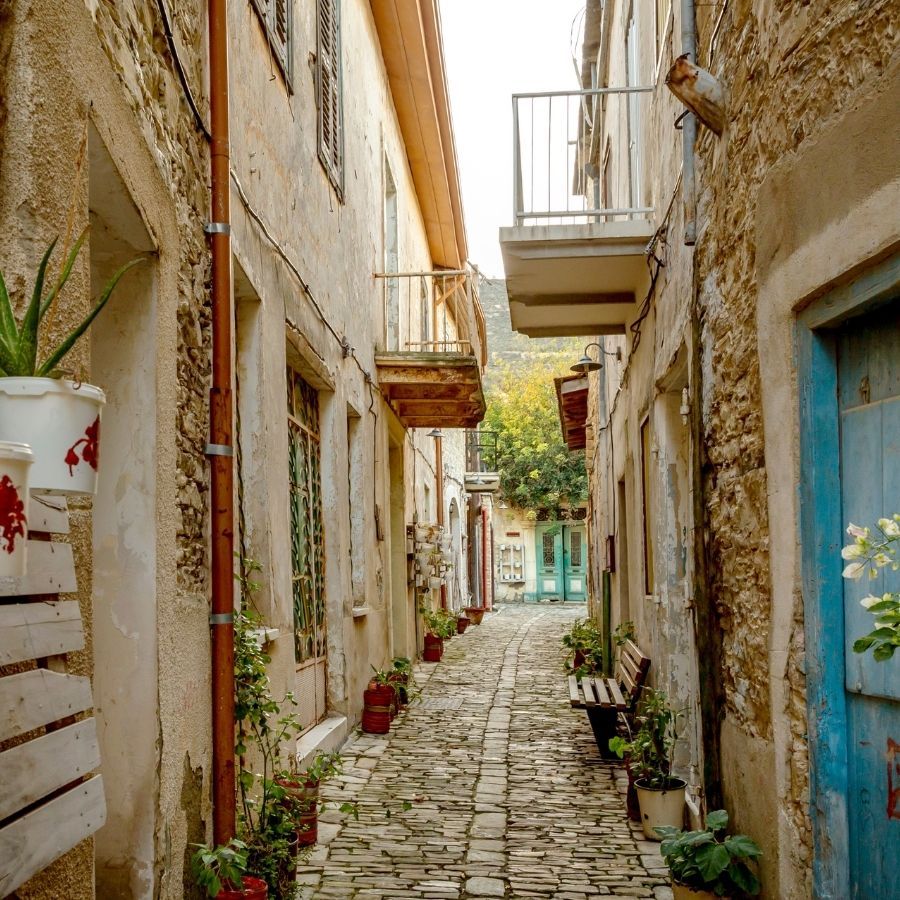
Village Alleys
Village Alleys
Wandering the beautifull alleys of the tiny village reveals good examples of the area’s architecture: houses built with horizontal layers of limestone interspersed with pebbles.
Apart from its famous lace and silver work, Pano Lefkara village is also well known for its architecture. It is one of the few villages in Cyprus where the houses are built almost entirely of local white stone, which contrasts beautifully with the terra cotta roofs.
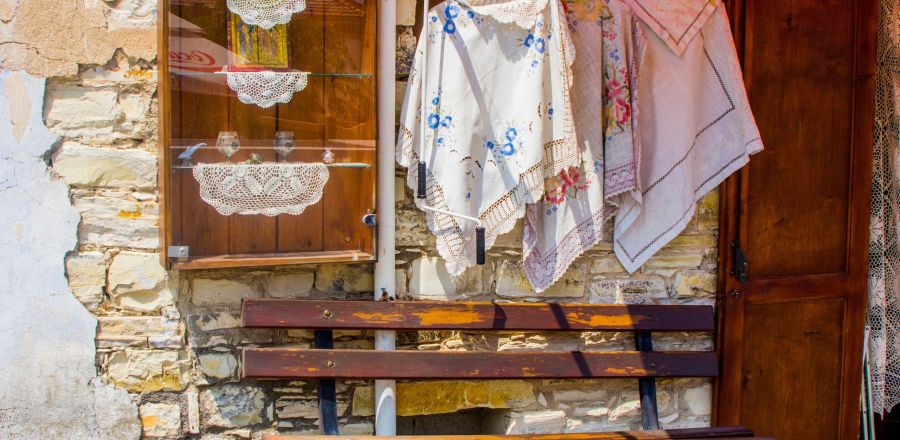
The Embroideries
The Embroideries
Lefkara is the homeland of the island’s traditional embroidery, the Cypriot famous lace which is called “lefkaritiko”. Its reputation skidded from the boundaries of Cyprus and became known in most countries of Europe and not only.
In the late 19th century and early 20th an important period begins for Lefkara village. The local women who dealt with embroidery discovered that besides preparing the dowry of their daughters and the gasket of their homes, this was a lucrative source of wealth. The trade of embroidery gave a considerable impetus to the development of embroidery. Due to its great demand a lot of local women were induced to get involved with embroidery so it rapidly became a serious economic source for each family in the village. It also contributes decisively to the economic independence of women.
The “lefkaritiko” lace embroidery has finally reached, as a work of art, at its highest point during the period 1920-1930, when according to experts, could be counted as one amongst the best artwork of the world.
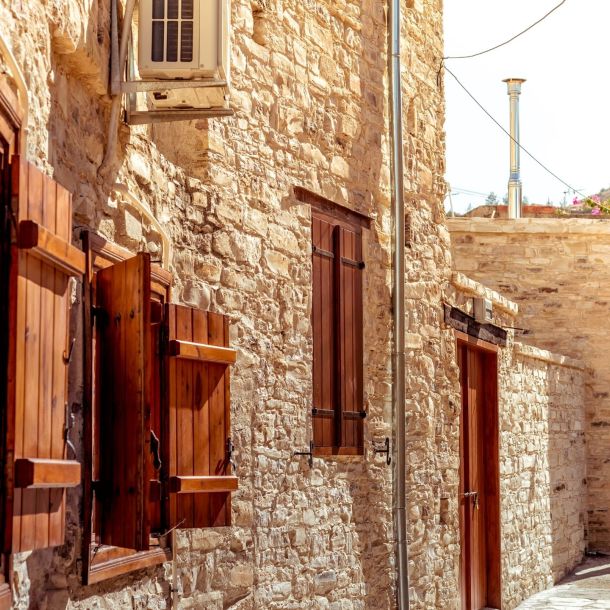
Architecture
Architecture
The houses here are not those of farmers but the homes of merchants and artisans. The houses are stone-built, some with doorways providing glimpses of flower-filled and vine-covered courtyards, while others are two-storey colour washed residences with balconies and intricately patterned tiled floors.
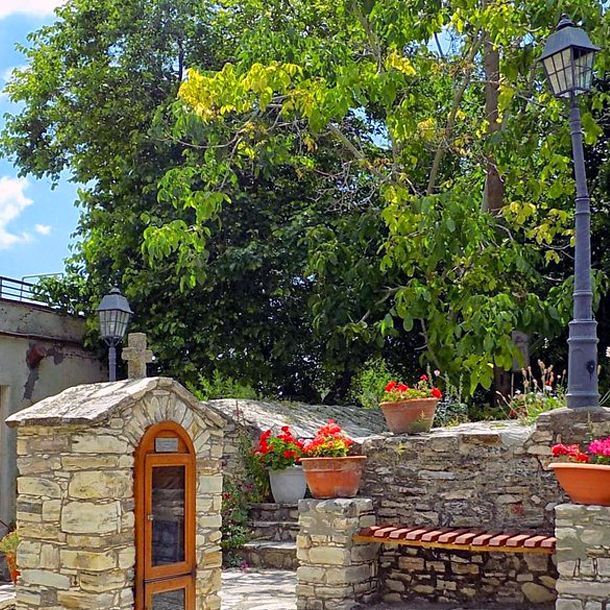
Pigi
Pigi
At the lowest South-East point of the village, is the famous “Pigi” (faucet). At this faucet, the “Pigi”, there is plenty of water flowing all through the year.
They began building the village around this faucet. They say that “Pigi” is the core of the first settlement of the village.
Until now the houses are built amphitheatrically around the “Pigi”.
Starting from the “Pigi” all the roads climb upwards, following the soil slopes. The roads match with the stone walls and the old cobblestone streets. Up until today the “Pigi” is used as a place for the Baptism Ceremony on January 6, the day of Epiphany.
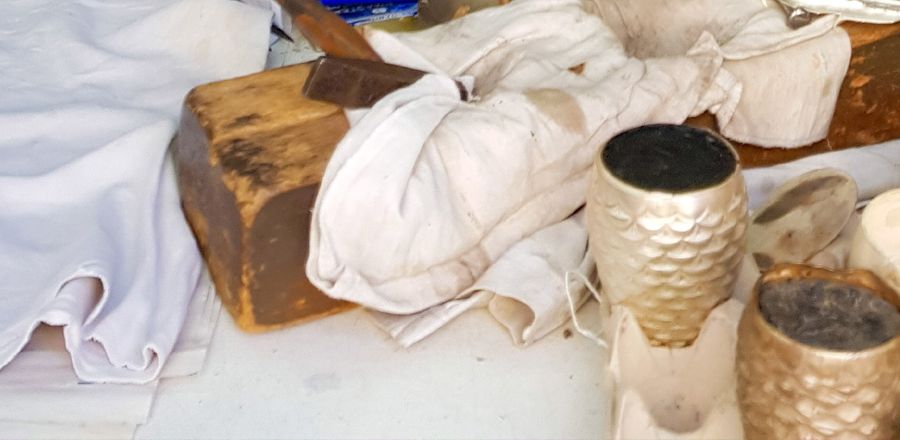
The Silversmith’s Craft
The Silversmith’s Craft
Besides embroidering that is thriving for several decades, another important craft that is flourishing is the silversmith’s craft. The silversmith’s craft in Lefkara village has probably appeared in the early 18th century. It flourished in the mid-20th century, thanks to the Kalopaidi family which has a long tradition in art. A great variety of rings, spoons, Church utensils, candels, Cherubim, crosses, religious Icons and many more are made. The village is widely known for its excellent workshops of crafted silver that make beautiful and unique souvenir for tourists.

Kourvellos
Kourvellos
Further down the huge sharp stone of “Kourvellos” can be seen with a height of more than 40 m which resembles the stone of “ Meteora” and it should attract certainly the interest of geologists.
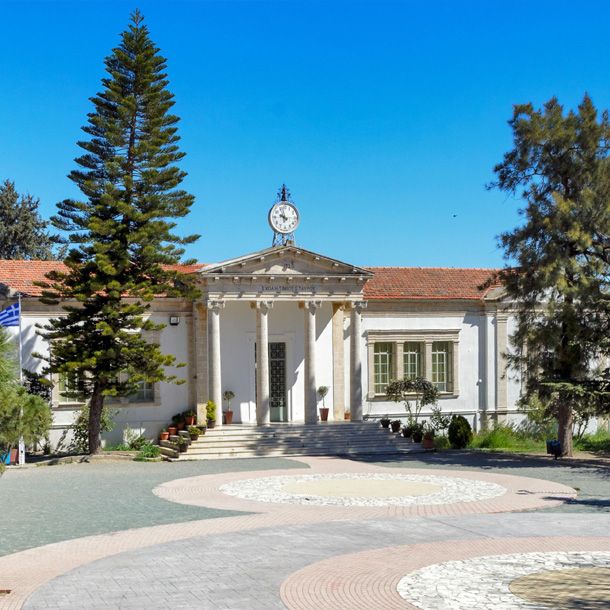
School of Timiou Stavrou
School of Timiou Stavrou
It was built in 1920 on plots given by the Church of the Holy Cross and at the expense of the Ecclesiastical Committee. Its cost was approximately 4000pounds. It was named after the Church of the Holy Cross, due to the donation.
The big clock that adorns the school is a donation of an embroidery trader, Mr Loizou Loizo. Today the school houses the district Primary School of the village.

Lefkara Blooming Almond Trees
Lefkara Blooming Almond Trees
The first orchids bloom in January in Lefkara village, and by mid-February the countryside is already alive with fresh green meadows and almond trees in bloom.
The first almond trees blossom resisting the cold or the rain and decorating an almost arid land with their gorgeous pink and white flowers.
The almond trees are in full bloom – a sure sign that spring is on the way!
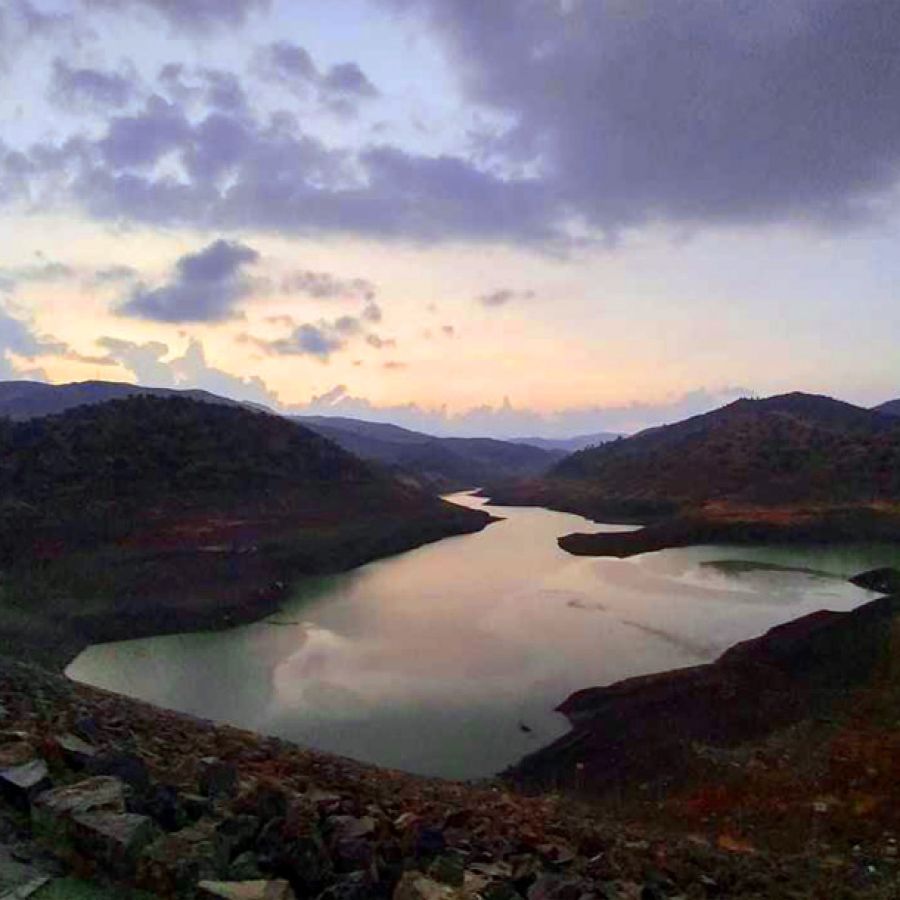
Dipotamos Dam
Dipotamos Dam
Four km to the North of the village, following the road to the village of Kornos, there is the Lefkara Dam and Three km to the South of the village near to Kato Lefkara is thw Dipotamos Dam. Lefkara Dam is one of the large dams of Cyprus, with a capacity of about 14 million c.m of water. In years with a normal precipitation a quantity of about six million c.m of water can be collected within the catch area of the dam. The whole landscape of the dam is reminiscent of Swiss lakes or of Norwegian fiords. The visitors can fish in the dam’s water trouts or cyprines and they can also seek for “mirofores” and narcissus around the nearby hills. On “green” Monday hundreds of people come here to celebrate the traditional fiesta of this day.
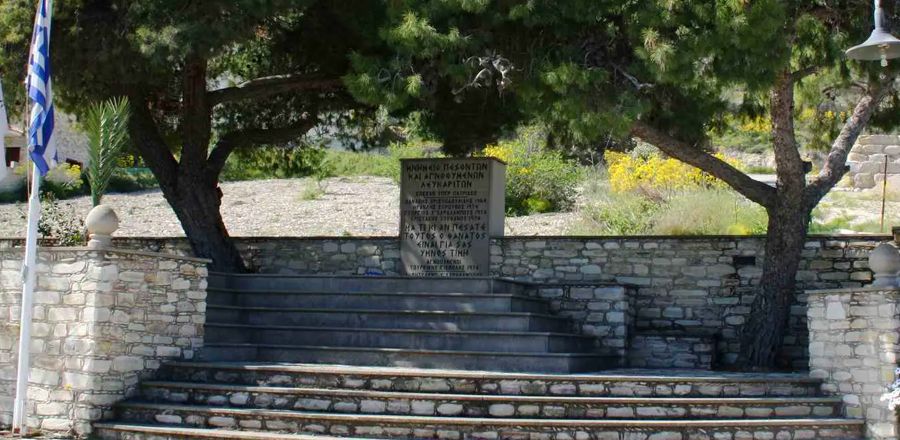
Monument of Heroes and Missing Person of Lefkara
Monument of Heroes and Missing Person of Lefkara
Built in 1930, through different donations that the locals raised. The school at the beginning worked as a school for girls. Since 1945 the building that houses the school of Lefkara became a four-grade school – recognized by the Ministry of education of Greece. In 1961 was finally upgraded to a six-grade Greek Gymnasium. In 1987 it was declared to be a Regional High School and Lyceum in which 17 communities of the region use. Thanks to this school hundreds of young people of the region were educated – several of them occupy important positions in society today, both in Cyprus and abroad.
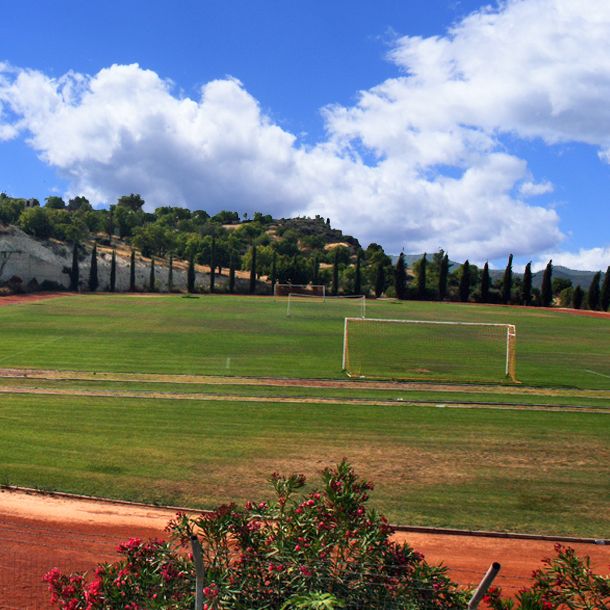
Lefkara Athletic Stadium
Lefkara Athletic Stadium
Several football teams, local and foreign ones, are visiting the village for training purposes before the opening of the football season at their countries. Also at the same time they have the chance to arrange official and friendly matches under normal temperature conditions.
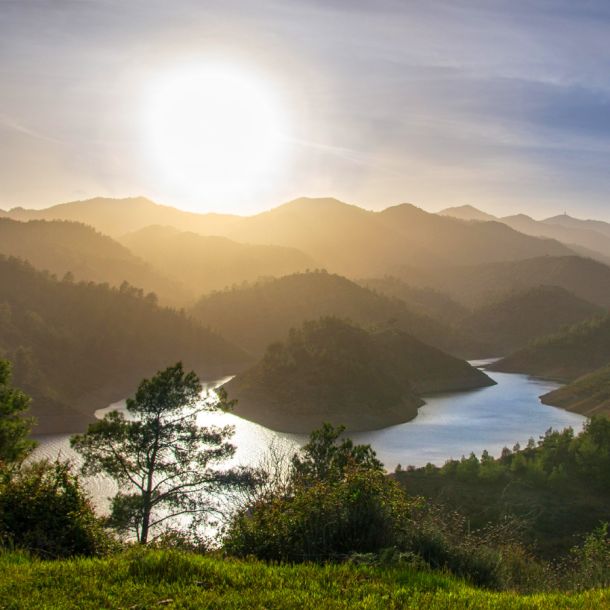
Lefkara Dam
Lefkara Dam
Four km to the North of the village, following the road to the village of Kornos, there is the Lefkara Dam and Three km to the South of the village near to Kato Lefkara is thw Dipotamos Dam. Lefkara Dam is one of the large dams of Cyprus, with a capacity of about 14 million c.m of water. In years with a normal precipitation a quantity of about six million c.m of water can be collected within the catch area of the dam.
The whole landscape of the dam is reminiscent of Swiss lakes or of Norwegian fiords. The visitors can fish in the dam’s water trouts or cyprines and they can also seek for “mirofores” and narcissus around the nearby hills. On “green” Monday hundreds of people come here to celebrate the traditional fiesta of this day.
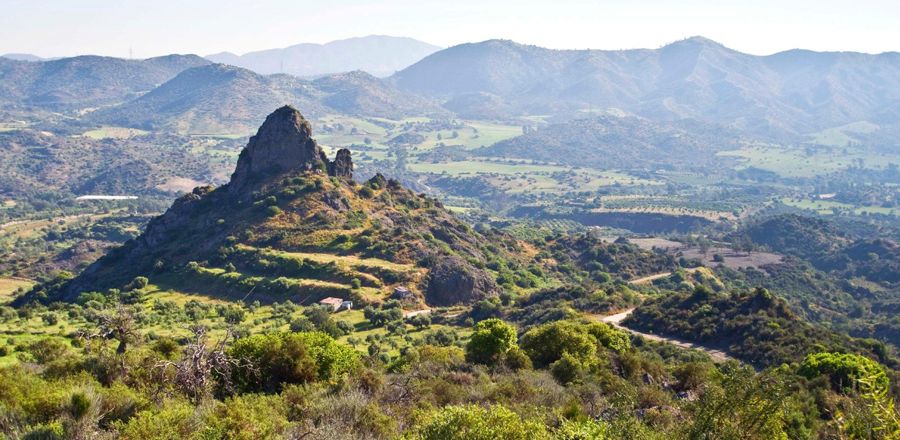
Walking Trail
Walking Trail
LEFKARA – KATO DRYS Trail (Linear)
Starting point: In the village of Pano Lefkara, the road that leads to Vavatsinia.
Length: 2,5 km, Duration: 1 hour, Degree of Difficulty: 3 (downhill). Points of interest: Joining with Pano Kato Drys through rural area.
Associated with the path Lefkara – Church of the Transfiguration with excellent views in all directions.
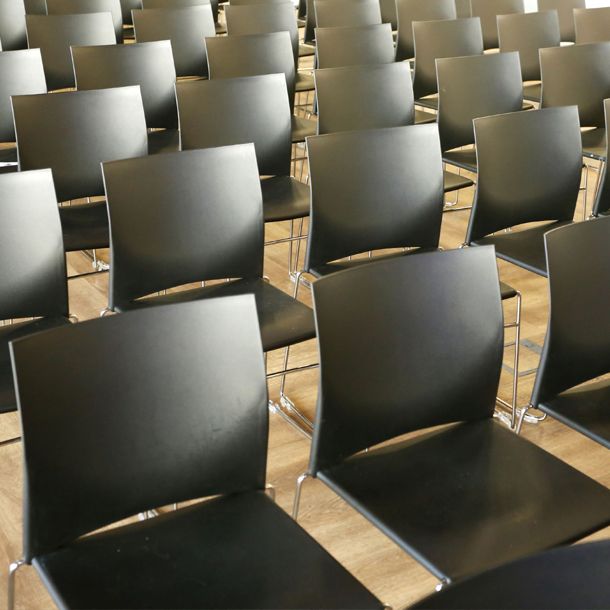
Municipality of Lefkara Cultural Center
Municipality of Lefkara Cultural Center
The building was provided by the City Hall to house the generators that a private company had set up in 1933, after a contract with the local Municipality, to supply electricity to the village. The ownership though passed in 1956 at E.A.C. (Electricity Authority of Cyprus). When the generators were removed from the building, a symbolic rent was handed over to the City Hall. The City Hall then, with its own costs, turned it to a youth cultural centre.
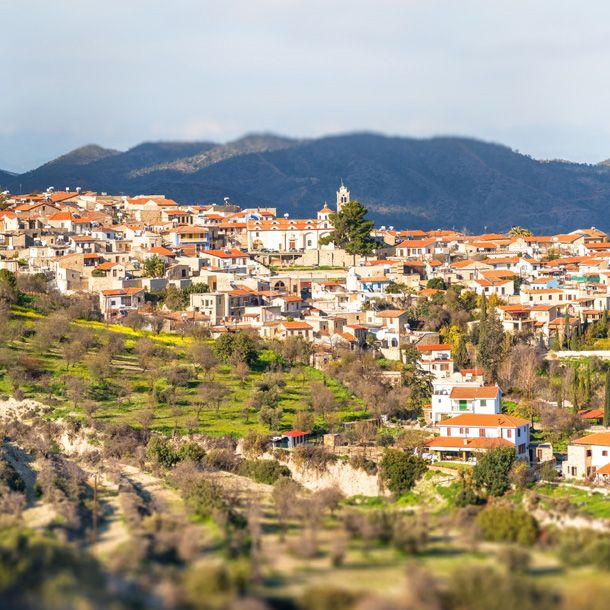
Lefkara Cycling Route
Lefkara Cycling Route
Four km to the North of the village, following the road to the village of Kornos, there is the Lefkara Dam and Three km to the South of the village near to Kato Lefkara is thw Dipotamos Dam. Lefkara Dam is one of the large dams of Cyprus, with a capacity of about 14 million c.m of water. In years with a normal precipitation a quantity of about six million c.m of water can be collected within the catch area of the dam.
The whole landscape of the dam is reminiscent of Swiss lakes or of Norwegian fiords. The visitors can fish in the dam’s water trouts or cyprines and they can also seek for “mirofores” and narcissus around the nearby hills. On “green” Monday hundreds of people come here to celebrate the traditional fiesta of this day.
Take Me There

Old Aquaduct
Old Aquaduct
It was constructed around 1930 to store the water that was installed at the location “Exo Nero”, a kilometer away from Lefkara, in a ravine far below the altitude of the village. The village was using this cistern for decades.
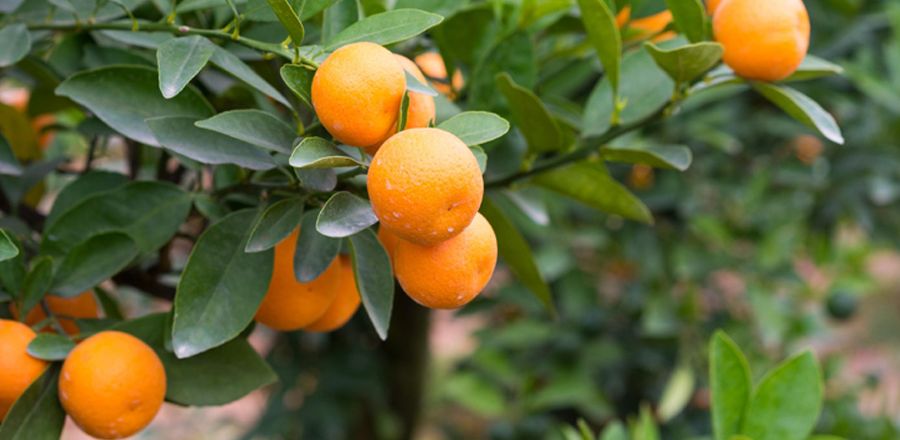
Fruit Gardens
Fruit Gardens
The village is surrounded with green valleys with orange, mandarin, apple trees and several other seasonal fruit trees and vegetables.
All Accommodation
The best Restaurants in the Village of
Pano Lefkara
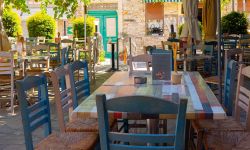
Coffee Yard Cafe-Restaurant
The Coffee Shop and Roof Terrace provide an additional venue with a breathtaking view across Cyprus towards the Salt Lake at Akrotiri. While away the afternoon with a coffee, an ice cream or delicious dessert.The Wine Cellar offers a vast selection of local produce with an opportunity to sample many of the tastes of traditional Cyprus.
Don’t forget to taste our refreshing juices of our own production (e.g. orange, pomegranate, etc).
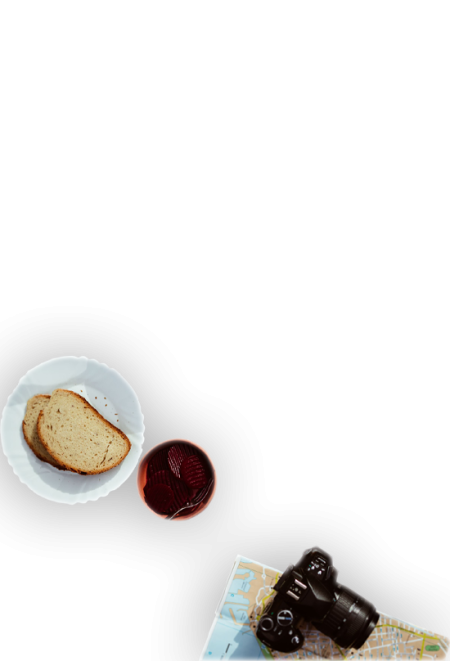
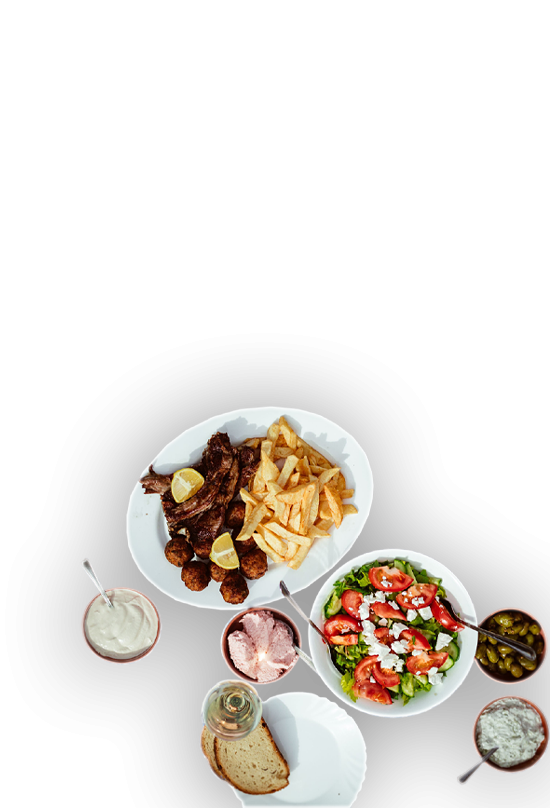
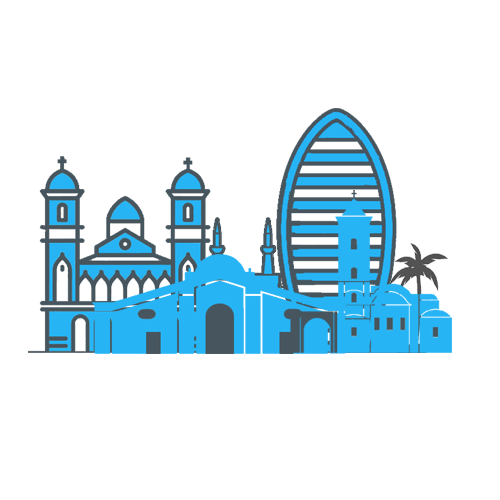 Cities/District
Cities/District Monasteries
Monasteries Unesco Churches
Unesco Churches Food & Drink
Food & Drink  Limassol to Nicosia
Limassol to Nicosia Famagusta to Machairas
Famagusta to Machairas Kourion to West Akamas
Kourion to West Akamas Hotels
Hotels Villas
Villas Agrotourism Accommodations
Agrotourism Accommodations Flights
Flights Rent a Car
Rent a Car

